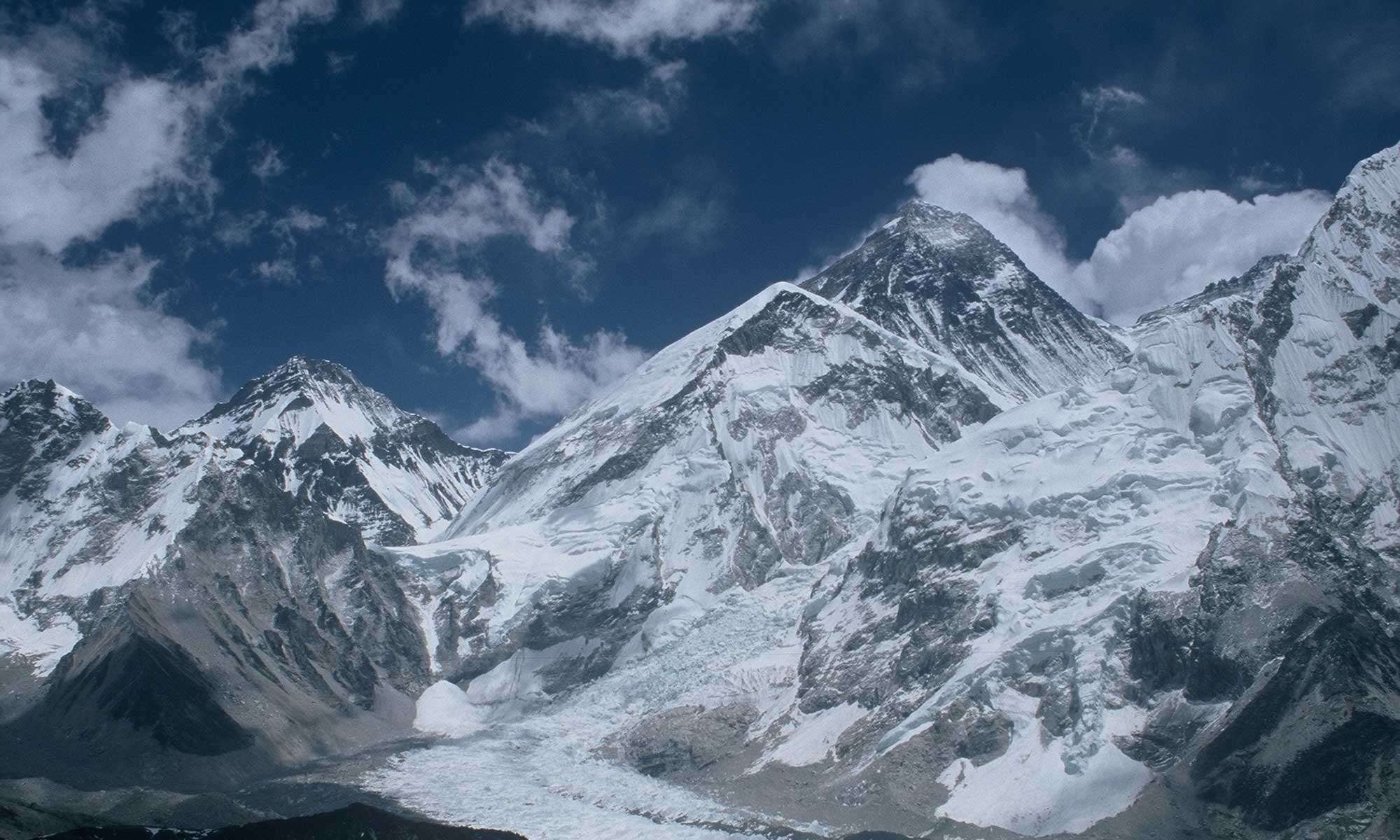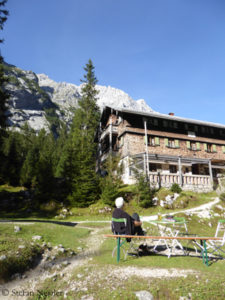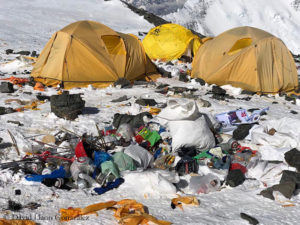In the middle of the night in the dormitory of an alpine hut. I lie awake, snoring around me, mountaineers and hikers smelling for sweat and beer, ramming their elbows into my back from time to time while I try to sleep. So far I have asked myself in this situation: What am I actually doing here? Now I know: I practice intangible cultural heritage. Since yesterday, United Nations Educational, Scientific and Cultural Organization (UNESCO) has recognized alpinism as “Intangible Cultural Heritage” – just like playing the harp in Ireland or driving down cattle from mountain pastures in fall in the Alps and the Mediterranean region.
The art of climbing summits and walls
France, Italy and Switzerland had requested alpinism to be included in the list of now 458 items. “Alpinism is the art of climbing up summits and walls in high mountains, in all seasons, in rocky or icy terrain”, the UNESCO decision says. “It involves physical, technical and intellectual abilities, using appropriate techniques, equipment and highly specific tools such as axes and crampons.” UNESCO refers to the long tradition of mountaineering and rock climbing, the skills required for it – and also the values: “The practice mobilizes ethical principles based on each individual’s commitment, such as leaving no lasting traces behind, and assuming the duty to provide assistance among practitioners.”
Everything hunky-dory?
When I read this, I thought to myself, I wished it was like that. Unfortunately it often looks different in the mountains of the world: On many mountains there are people who don’t really have the necessary experience and skills. Garbage is left behind carelessly, selfless help for others who have got into trouble in the mountains is no longer the rule. Perhaps alpinism should have been put on a different UNESCO list: that of “Intangible cultural heritage in need of urgent safeguarding”, which points to “elements of living heritage whose viability is under threat” by global and local developments.
The 152 Alpine huts are, by the way, described as “centers of classical alpine practice” in the proposal that UNESCO followed. The drink in the hut in the evening is also explicitly mentioned. However, there is no reference to the snoring, smelly, wedging bedfellows in dormitories. Actually a pity!



